I first drove a BMW i8 in 2014. And when I was done, seeking to compare it to anything else that might remotely be considered a rival, I sat down and wrote: “It is the odd one out only because it is so demonstrably far ahead of its time. Others will react and may well do an even better job than the far from flawless i8, but for now it has the field to itself and its every success will be deserved.”
Well, I got that wrong. Others didn’t react. It was then and remains today the only car of its kind. Truly, I don’t think it occurred to me that it might fail, but fail it has: the fact that BMW has chosen not to replace it tells you that. As does losing half its value in its first year.
It takes a lot to make me sad at a car’s passing: these things we think we love are, after all, mere objects at our disposal and in this business there’s always some other interesting device to go and drive. But the i8, to me at least, is different. When I look back over all the long-term test cars I’ve run on this magazine, the McLaren 720S is obviously the one I miss most; but the i8 is next and not that far behind.
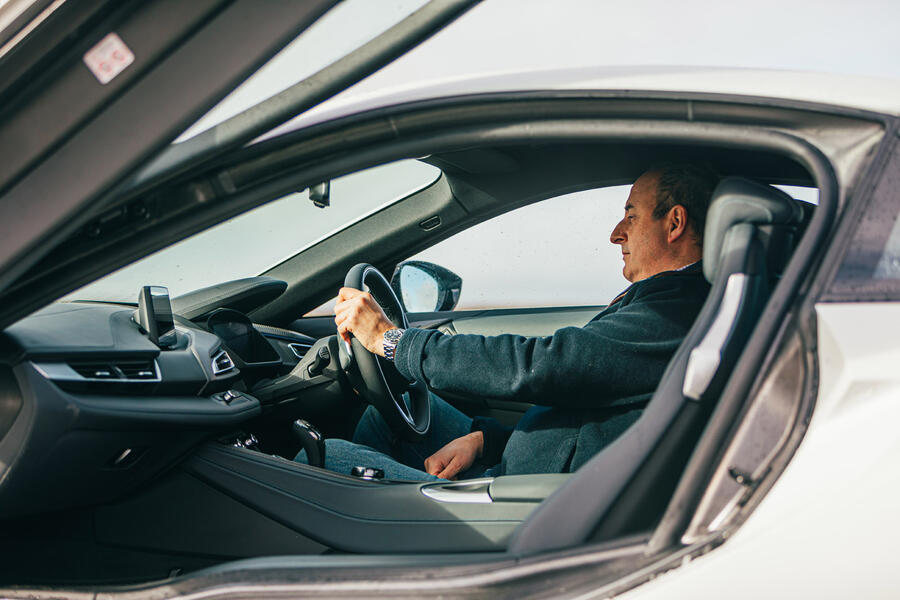
And I will miss it in two ways. Most simply, I’ll miss what it does. The quick adrenaline shot just upon seeing it first thing in the morning, coupled with the knowledge that it will make special everything from a cross-continental adventure to a trip to the village shop because you’ve run out of milk. It still looks incredible, the novelty of its lines having never worn off.
It has never received fair credit for the way it drives, either. I’m not terribly bothered whether it oversteers or understeers on the limit, because it’s not that kind of car. I care more about the fact that it’s light and beautifully damped, with accurate and pleasingly geared steering. I like the powertrain, too: it sounds terrific, has no lag, and if anyone sneers about the sound being synthesised, I’d refer them to almost any decent car on sale. They all have a synthesised soundtrack to some extent and in one way or another. I couldn’t care less.
But the best thing about driving the i8 is how well matched the chassis is to the powertrain. It doesn’t feel overpowered so you’re not always on the brakes, spoiling the rhythm of the road. But nor does it feel like it could do with another 200bhp: its tyres are unfashionably slender, which is another reason it feels so good. It is baby bear’s porridge: not too hot, not too cold, but just right.


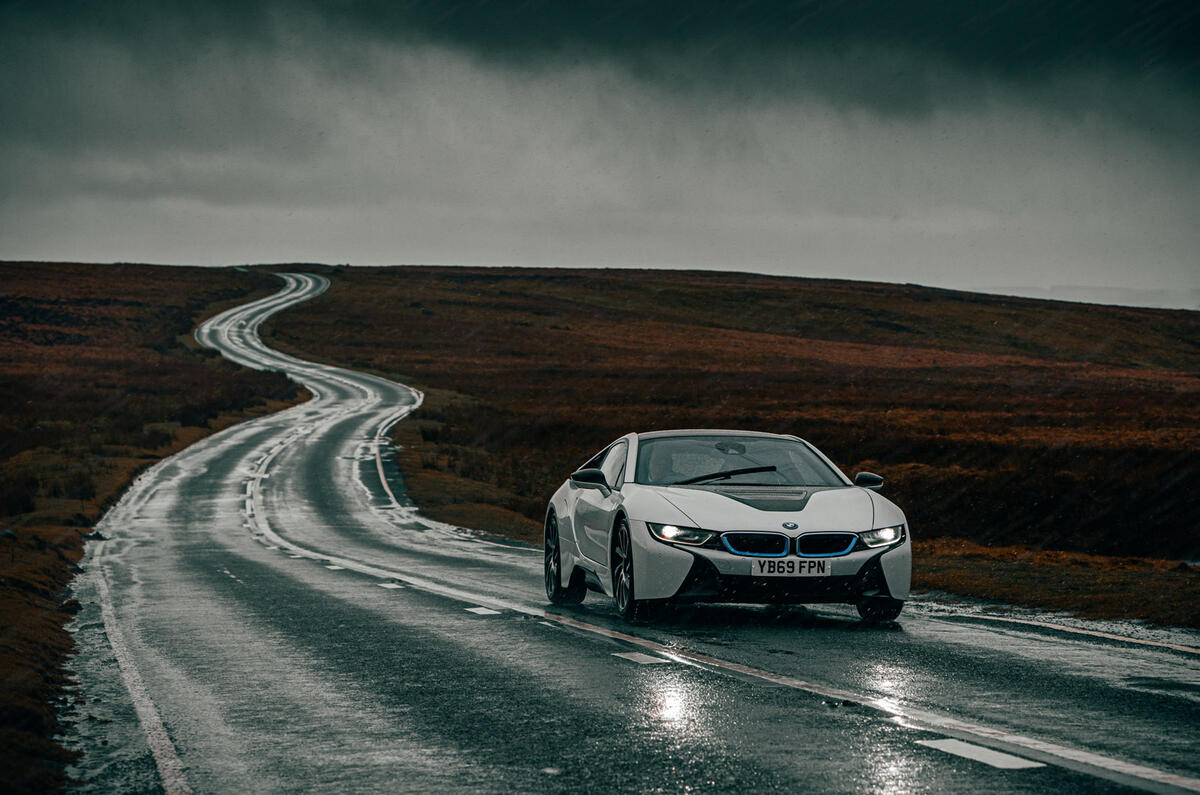




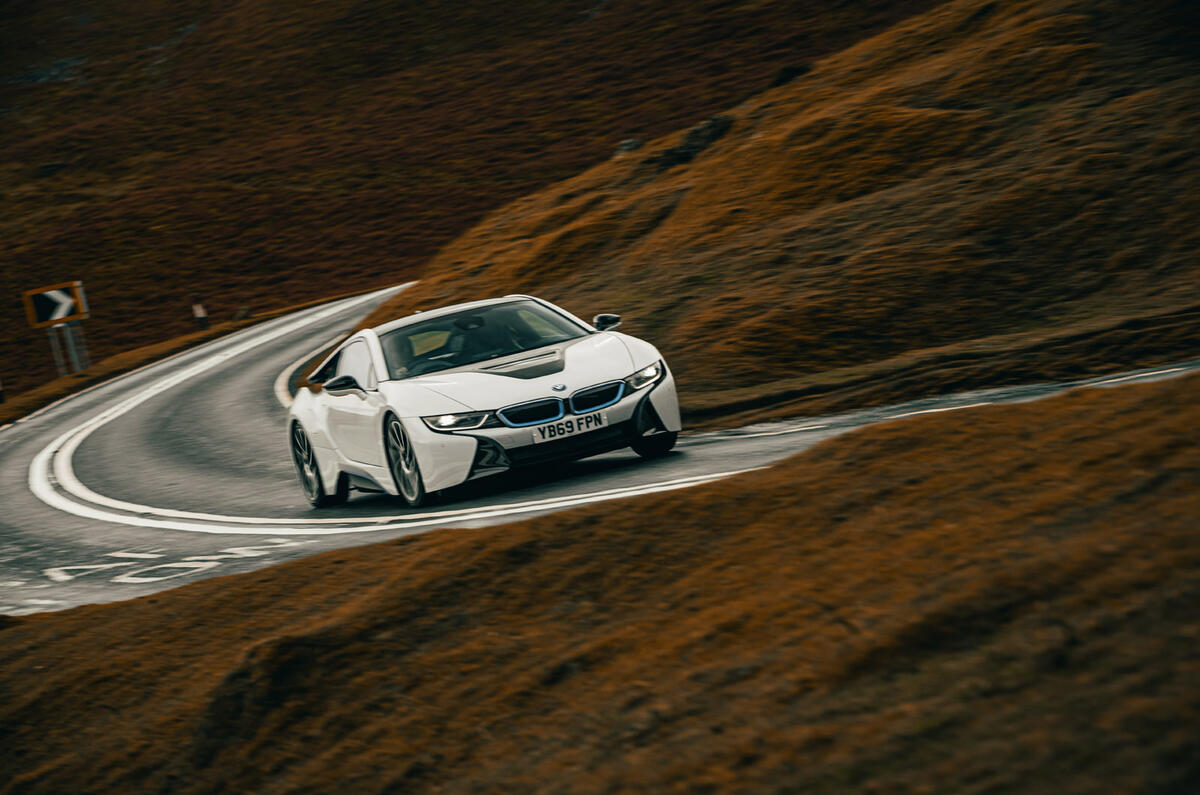

















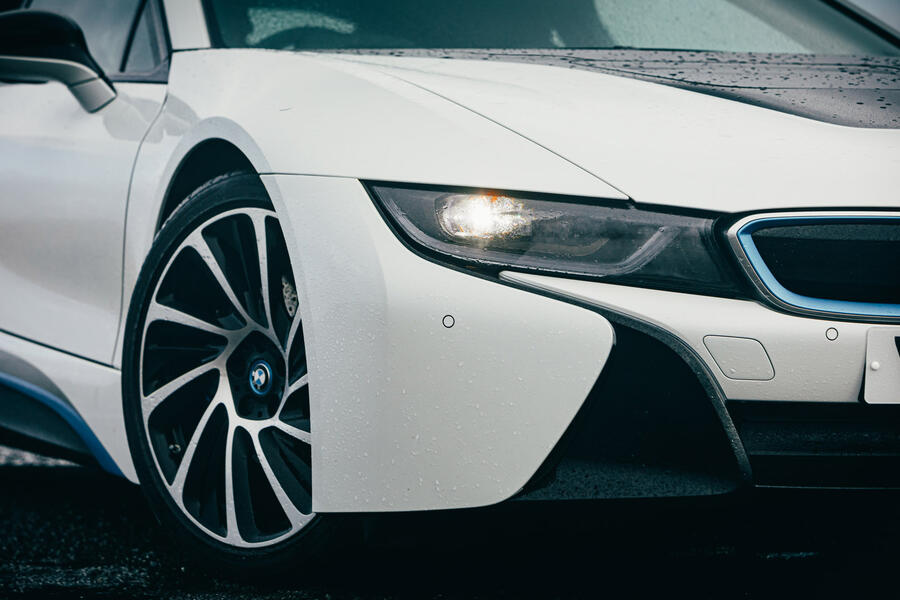
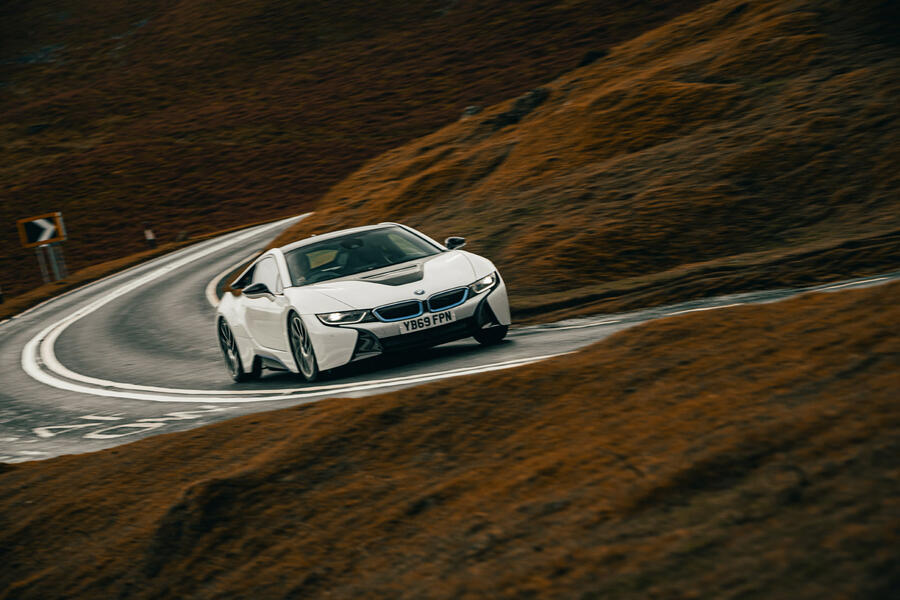
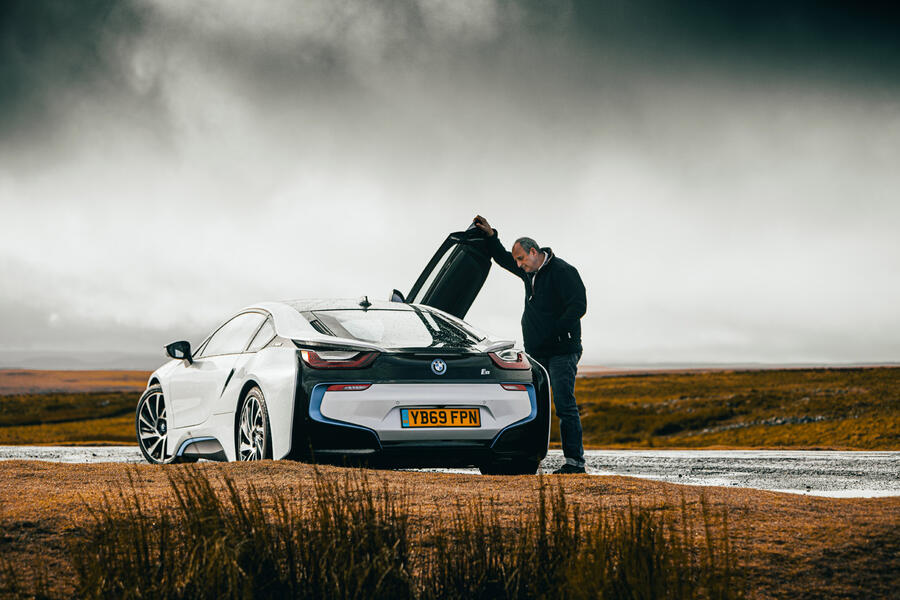
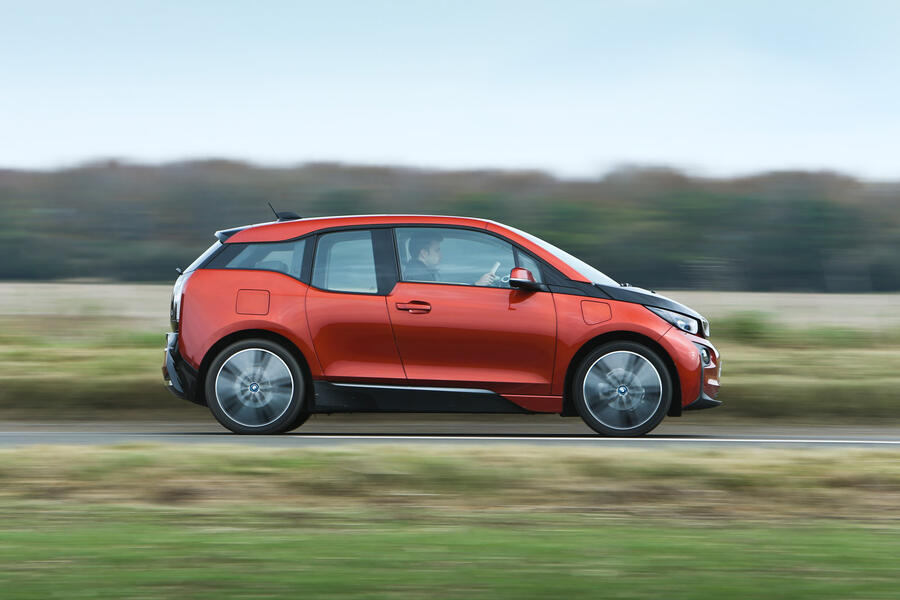
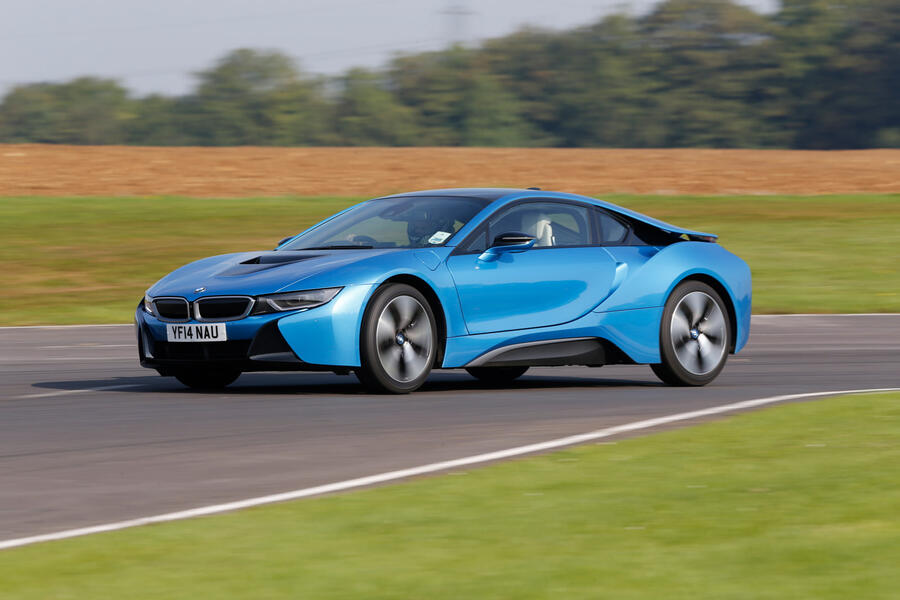
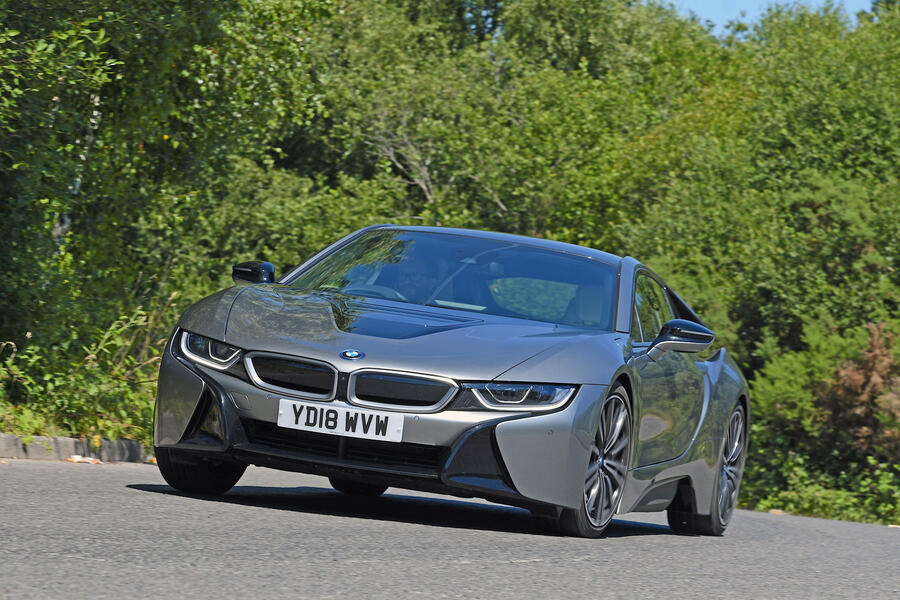
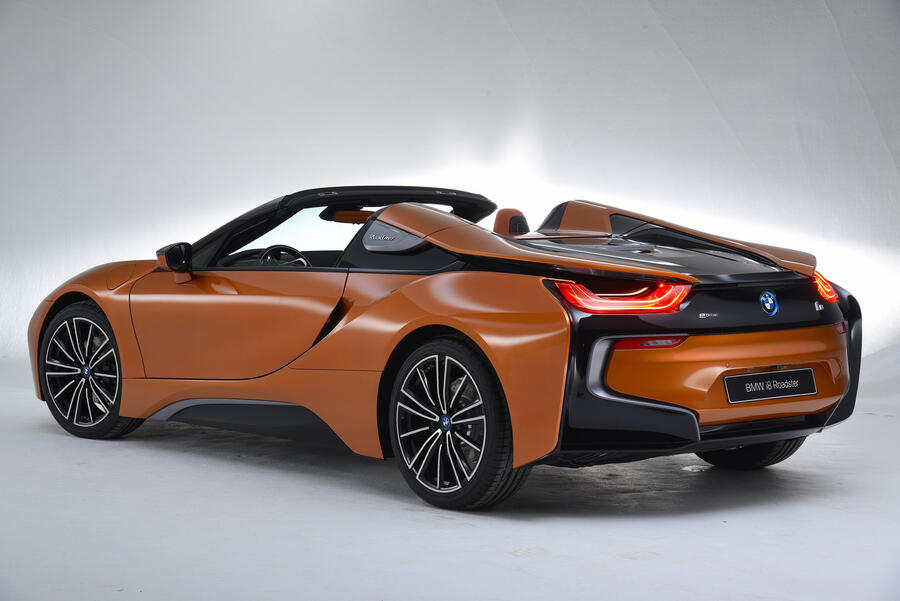


Join the debate
Add your comment
i8 (and i3) failure
The i8 is the BMW I most lust after, but one which I'll never own, or even drive, Why? If you are middle aged or older you cannot enter, and even worse exit, this car without needing to visit a chiropracter every time. I know, as I actually got in one once, and had back pain for days afterward. As far as the rear seat, I don't think you can even get a bag through that ridiculous opening, much less a child. Conversely, adults have fewer problems with 911s and Corvettes, which is a reason these cars remain popular with those who can afford them. Further, the young cannot usually afford an i8, while the Lotus Elise, equally difficult to enter and exit, at least is somewhat attainable for the young people who can actually get in it. Big fail on actually being usable, especially for the price.
The i3 fails in different ways. The original range of 80 miles was inadequate, and the range extender's inadequate 75 extra miles due to it's puny 1.9 gallon tank was even more ridiculous for the money, making a reasonable 300 mile trip totally impractical (it would require at least 3 fillups along the way!). The upright boxiness could be forgiven if the packaging was brilliant, but alas it's not. The rear seat is somewhat cramped, and is difficult to enter and exit despite the wide opening due to a downward protrusion from the roof right where your head needs to be to get in and out! Ouch every time! Plus, opening the rear door must be sequenced with the front, which gets to be a real PIA (had to do it numerous times once on a tour of homes). A Mazda RX-8 is easier to deal with, and it's a lot sexier and better to drive, not to mention more practical. If you don't need a practical rear seat, then why drive an ugly upright box? So, an epic fail on so many counts.
I hope the designers of the next i series try living with their creations before releasing them.
I think it failed because of
I think it failed because of how it looks. It looks like a supercar, and people dont want to drive around day to day in a car that draws so much attention. But if you were in the market for a supercar, you probably want a mechanical package a bit more mainstream. If you only do a few thousand miles a year, like most supercars, no one cares about fuel costs. This seems to be a great car, designed to answer a question almost no one ever asked.
Call failure a failure
This car is a failure because it is a failure. Overpriced, compromised and under delivered, it was not a serious contender in any way. Meant as a hold over till their real EV were to come out. It expired while waiting. BMW simply got killed by Tesla pure and simple.